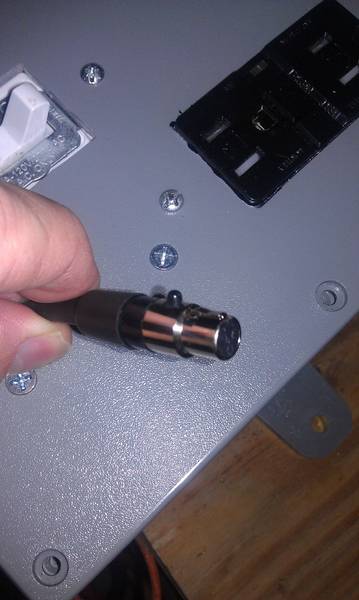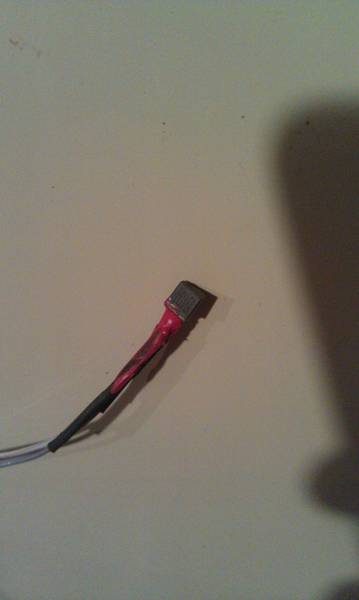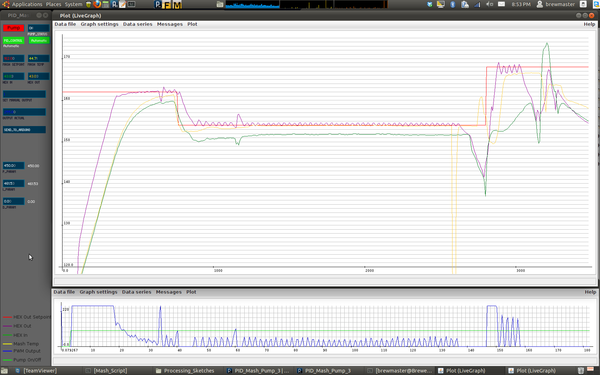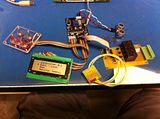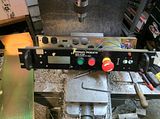OEHokie
Well-Known Member
Anyone have any projects going on using an arduino board to control their brewery? I currently use a BCS-460 but a) want to mess with arduino and b) want more control/need more outputs.
My goal:
-Control 4 solenoid valves (up to a total of 7 later)
-Control 3 heating elements
-Control 1 pump (maybe 2 pumps)
-Maybe some other gadgets as I find them
-ipad interface
-wifi / networked interface
I think my dream would be to repurpose my old ipad as the sole controller for the brewery and have it docked and controlling everything.
Anyone try any aspect of this? Thanks
My goal:
-Control 4 solenoid valves (up to a total of 7 later)
-Control 3 heating elements
-Control 1 pump (maybe 2 pumps)
-Maybe some other gadgets as I find them
-ipad interface
-wifi / networked interface
I think my dream would be to repurpose my old ipad as the sole controller for the brewery and have it docked and controlling everything.
Anyone try any aspect of this? Thanks





